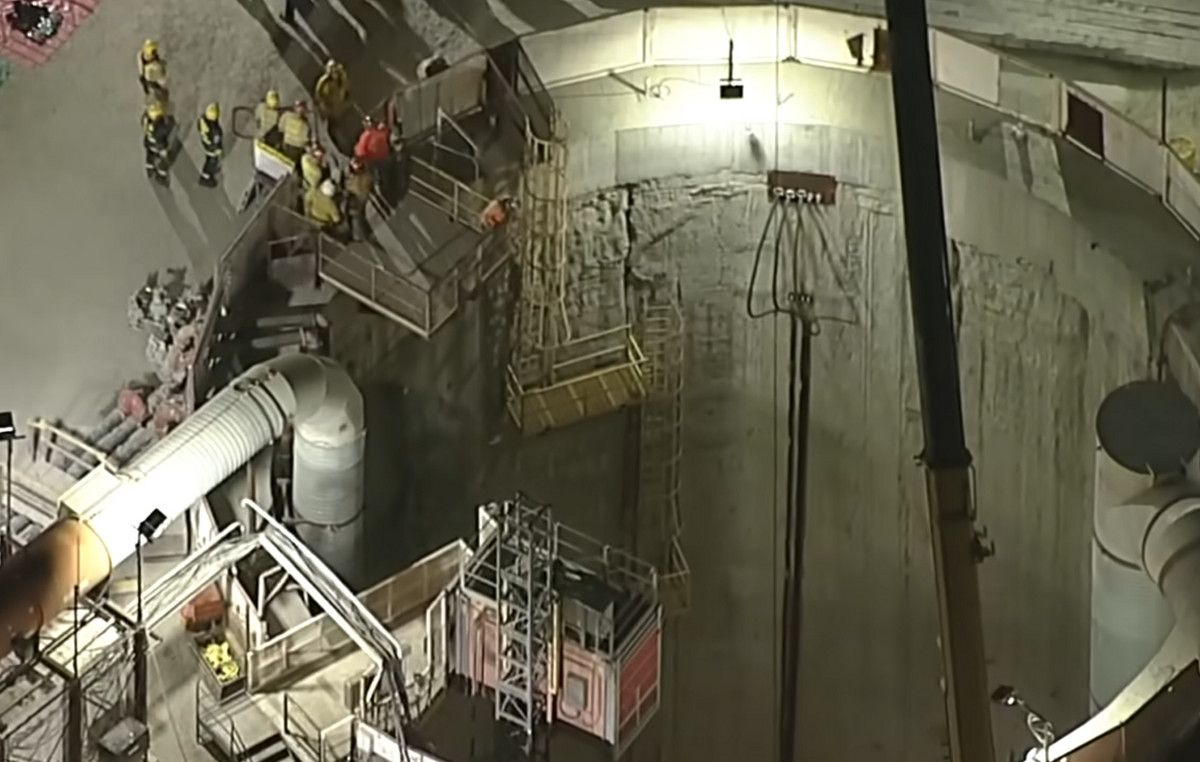During the pandemic, 69% of graduates secured placement in the job market up to one year after graduation, according to a survey released this Tuesday (19) by the Brazilian Association of Higher Education Maintainers (Abmes).
This year’s Abmes/Symplicity Employability Index was carried out with almost 2,000 graduates between mid-2020 and 2021.
According to the survey, 48.82% of them were in formal occupations, 10.86% were self-employed or self-employed, 2.77% were entrepreneurs and 2.82% were informal.
“The results of the Index’s first initiative show that higher education is still a great investment to ensure the employability of graduates, with or without a pandemic”, highlighted the entity’s president director, Celso Niskier.
“Abmes’ intention is to continue carrying out this survey annually in order to monitor the evolution of the employability of Brazilian students year after year”, he added.
The study also showed which are the areas with the most opportunities in Brazil. IT professionals top the list, with 82% reporting getting a job right after graduation.
In second place are engineering courses, in which 77% of professionals are in the job market. Among health professionals, 72% were employed.
In the case of recent law graduates, 53% were included in the job market. More than half of the graduates in Business, Communication and Education also guaranteed employment.
The research showed that employability among students of remote courses was the same compared to students of face-to-face courses. According to Celso Niskier, the search for online classes will be continuous, as many people have adapted to the method during the pandemic.
“This research did not measure quality, but the impact of higher education. She showed that the job market no longer differentiates the origin of the diploma. We know that distance learning (EAD) grew a lot before the pandemic and, before the pandemic, we have research that shows that 20% of people were interested in online classes. Now that number has increased to 80%,” she said.
“This method has many advantages, such as flexibility and a more affordable price. The great challenge for educators is to ensure that the student’s experience in distance learning is engaging and that he can be motivated to learn, such as new technologies and more interactive learning”, he pointed out.
For CNN Education Specialist Claudia Costin, EAD can be a path to higher education.
Costin highlighted that virtual courses can guarantee the possibility of higher education for some people, but that the modality cannot be applied in all areas, such as medicine.
The coordinator of the Higher Education Research Laboratory (Lapes) at the Federal University of Rio de Janeiro (UFRJ), Rosana Heringer, pointed out that many losses are recorded in terms of learning when one thinks of distance classes.
According to her, EAD was a solution that education professionals found to cope during the pandemic. However, she argues that the quality of classroom interaction is better when there is an opportunity for face-to-face or hybrid teaching.
“If the online course is made just to save money, you run the risk of having a poor quality course. A good online class has a tutor, including face-to-face monitoring to answer questions,” she said.
“It is not ideal to be 100% online to generate a university experience, but it is important to remember that we have to have a difference in the environment, increase the student’s desire to learn”, he added.
Income of recent graduates
The Abmes Index also took into account the remuneration of recent graduates. The general average salary was BRL 3,799.29, almost BRL 3,900 in the group of bachelors, BRL 3,700 for technologists and around BRL 2,400 for graduates. .
The average value, according to the research, is high when the occupation is in the area of training of the contractor and reaches R$ 3,805.53.
The study highlights that the use in the job market was more significant for bachelors, with 70%, and technologists, with 69%. On the other hand, professionals who graduated reached a level of 61%.
Those who are employed in the training area had better results in filling professional vacancies: 81% among those with a bachelor’s degree, 69% among those with a degree. Among technologists, the rate was 51%.
Regarding the numbers of graduates, that is, those who graduate to be teachers, the coordinator of Lapes, Rosana Heringer, assesses that the lower performance affects the demand for degrees of this type.
“Unfortunately, the teaching area brings lower remuneration. There are few cases that have a higher remuneration. This is not only true in this research, others also claim it,” he declared.
“Graduate graduates have the worst salary average of all other higher education courses. We have to increase the salary offer to attract students who choose to pursue a teaching career, for example, and do not do so for lack of an alternative”, he reinforced.
Specialists Cláudia Costin and Rosana Heringer emphasize that research on graduates in higher education is very important to increasingly improve teaching at universities.
Source: CNN Brasil
I am Sophia william, author of World Stock Market. I have a degree in journalism from the University of Missouri and I have worked as a reporter for several news websites. I have a passion for writing and informing people about the latest news and events happening in the world. I strive to be accurate and unbiased in my reporting, and I hope to provide readers with valuable information that they can use to make informed decisions.







